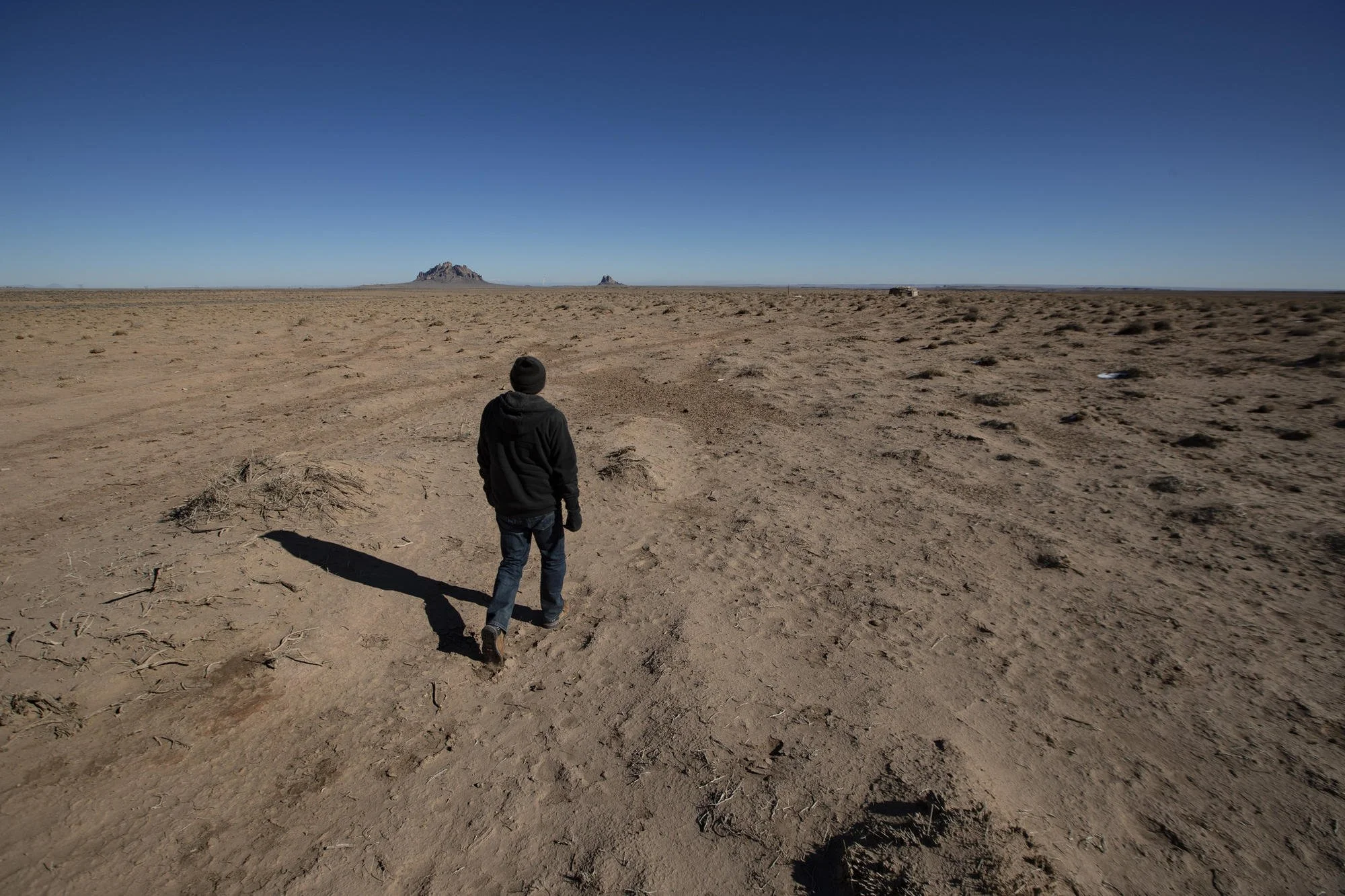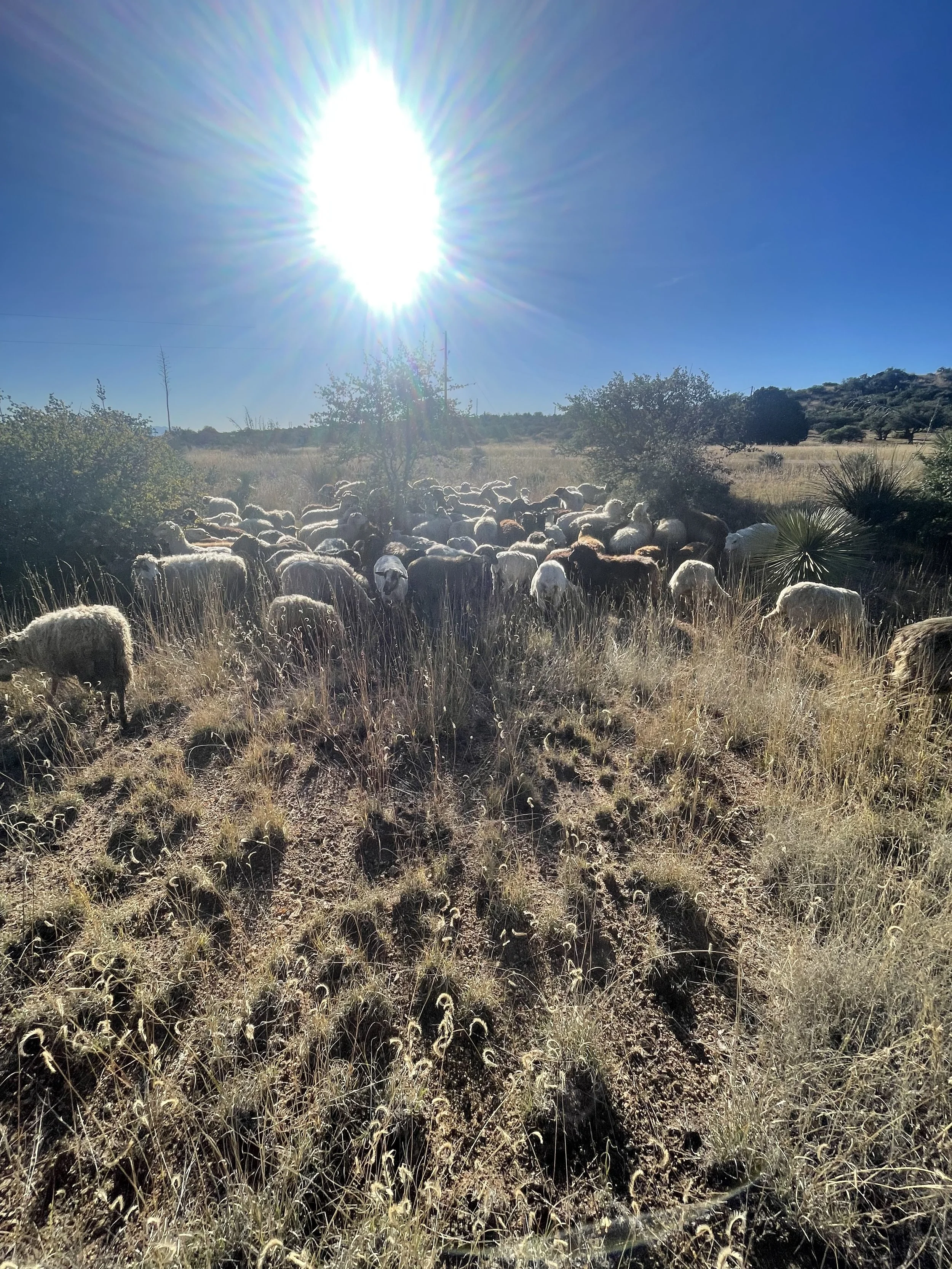A recent UN report on biodiversity found around 1 million animal and plant species are now threatened with extinction, many within the last decade.
This is more than ever before in human history.
Problem
A Growing Need
Dryland regions cover 40% of Earth’s land surface, host a rich variety of unique plants and animals adapted to aridity and support 44% of the world’s cultivated systems and half of all livestock. One-third of people on Earth live in these areas, too, including the poorest and most marginalized in the world—and these communities are bearing the brunt of climate change right now.
Climate Change
What does it mean to lose biodiversity?
Loss of biodiversity is also occurring among landrace species of plants and animals. Landrace species are animals and plants that have lived alongside us and that we have used for food and clothing, having thus adapted, not for a few decades, but for centuries to a specific ecosystem with minimal human intervention. In our modern society, they are often characterized by low commercial value and are viewed as economically unviable; their pecuniary sustainability is marginal, and their risk of extinction is high.
We are finding that landrace species may play a significant role in protecting native ecosystems. However, our lack of knowledge regarding their relationships with the environment may prevent the design of successful conservation measures. We are changing them faster than we are discovering how they can help us adapt.
Addressing the climate emergency will require not only dramatic reductions in greenhouse gas emissions but also the large-scale removal of CO2 from the atmosphere. Agricultural and natural lands are our most valuable tools in massively scaling up rates of CO2 sequestration across the globe while also building climate resilience and ecological health.
Fragile desert ecosystems are some of the most biodiverse landscapes on the planet. They might have answers to a drying and heating world.
To survive, these organisms require tenacity and remarkable adaptations. Since desert plants and animals endure searing drought, high winds, and extreme temperatures, they have developed specific strategies for thriving in such harsh conditions. Biocrusts, or biological soil crusts, consist of cyanobacteria, lichens, mosses, and other organisms that cover the fine, sandy soils of arid regions. Together, they form layers — crusts — across the desert floor, providing essential nutrients and moisture for desert plants. Biocrusts effectively hold these desert ecosystems together.
Recent research has found that plant health is directly proportional to the health of beneficial microbes in the soil. In arid soils, beneficial microbes are generally in the top centimeter of the soil crust. According to a recent estimate, biological soil crusts (biocrusts) currently cover about 12% of Earth's terrestrial surface and about 30% of all dryland soils (Rodriguez‐Caballero et al., 2018a).
Biocrusts, despite their significance, face threats from global changes such as intensified land use and climate change, resulting in decreased coverage at local, regional, and global levels. Their loss jeopardizes the effectiveness of carbon sinks in desert areas, particularly in the Southwest, where grasses and shrubs are plentiful. A reduction in biocrusts heightens erosion, which impedes plant growth and carbon absorption. They play a crucial role in stabilizing soil, essential for plant and seed development while providing protection against erosion. Moreover, biocrusts conserve water and enrich the soil with carbon and nitrogen, creating a fertile habitat for plants.
Soil scientists study biocrusts' role in the carbon cycle, assessing if they sequester CO2 like shrubs and grasses. With biocrusts covering 12% of the Earth’s landmass—twice that of tropical rainforests—their loss could severely impact carbon reduction efforts. Climate change and heat hinder biocrust recovery. “Not disrupting it is essential to preserving these ecosystems,” Young said. “These intact dry areas are significant." value.”
Where biocrusts have been diminished, native grasses are reacting negatively to worsening, long-term drought conditions. Issues with overuse by livestock and introduced species are further stressing these systems resulting in lower biodiversity, which can have serious impacts on the entire ecosystem.

